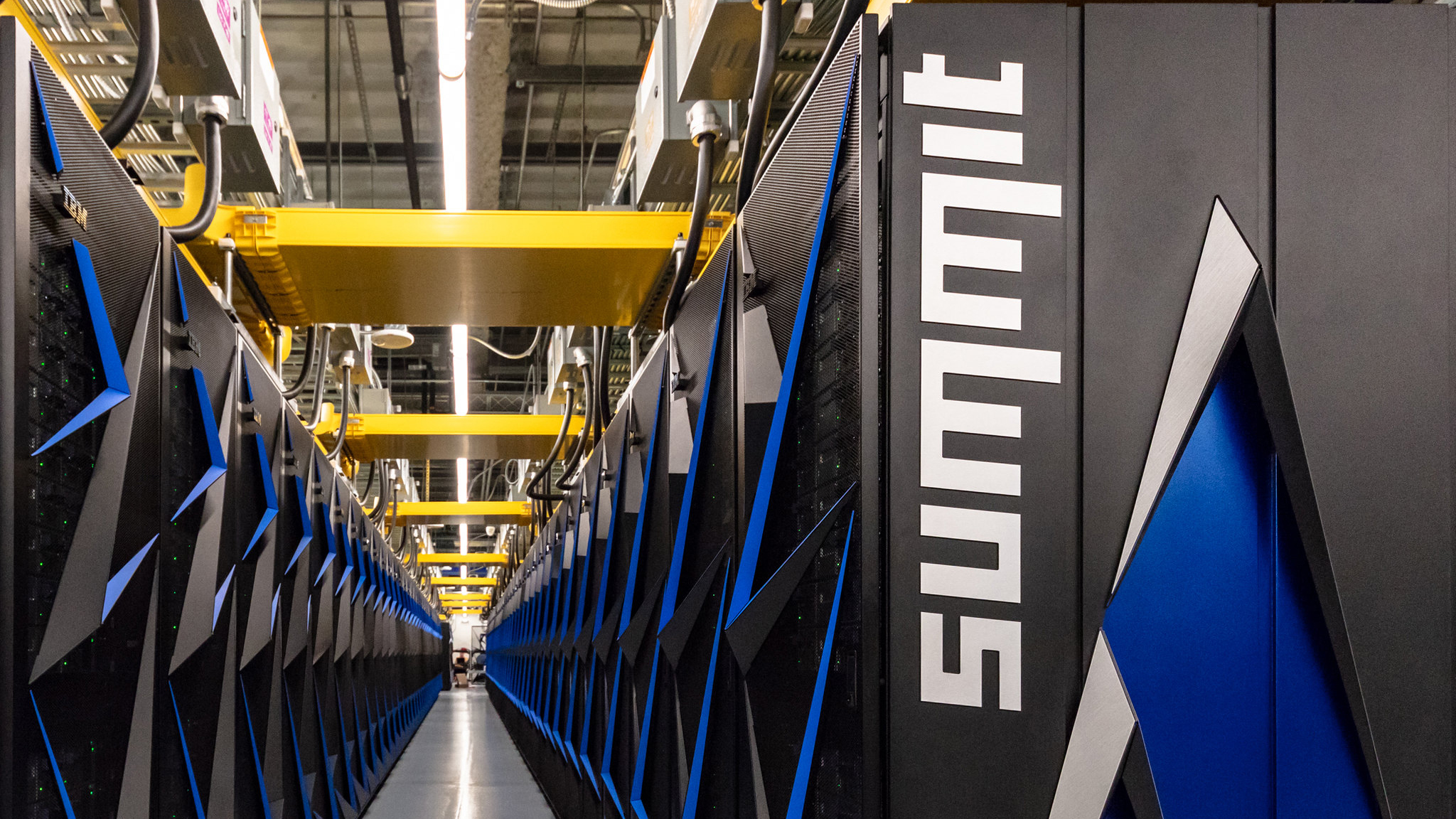The world’s best supercomputers are being updated to run AI software faster

The upgrades include changes to make AI programming simpler—and to speed up powerful machines for specific AI tasks.
The news: The International Supercomputing Conference (ISC) kicked off in Frankfurt yesterday with the release of the latest list of the 500 most powerful supercomputers in the world. US machines still top the ranking, but China has the most computers on the list (219 versus 116 for the US).
Supercomputers have already turbocharged some AI applications. For example. the US’s Summit supercomputer (pictured above), which leads the Top 500, has already run a complex machine-learning model for climate research faster than any other machine.
Still, AI researchers say gaining access to supercomputers can be a challenge because they are in high demand, while preparing programs to run on them is a relatively complicated and time-consuming exercise. At this year’s event, supercomputer makers and operators showed how they plan to make that easier.
Bag it up: Japan’s fastest supercomputer, ABCI, has turned to software “containers” developed by chip maker Nvidia, whose chips it also uses. The containers bundle together an application with the digital libraries and other supporting software needed to run it. ABCI’s operator says that using these containers has enabled the machine to run deep- learning models far faster.
Geospatial AI: Meanwhile, US supercomputer maker Cray unveiled new software that makes it much easier for its machines to run AI programs that learn from geospatial data such as satellite images. It claims a new deep-learning plug-in will significantly reduce the time needed to train models used in everything from weather forecasting to oil exploration.
Why it matters: Many AI programs run on banks of less powerful machines linked together in the computing cloud. But if supercomputers can be better adapted for AI tasks, they should power even more advances in the field.
Sign up here to our daily newsletter The Download to get your dose of the latest must-read news from the world of emerging tech.
Deep Dive
Computing
How ASML took over the chipmaking chessboard
MIT Technology Review sat down with outgoing CTO Martin van den Brink to talk about the company’s rise to dominance and the life and death of Moore’s Law.
How Wi-Fi sensing became usable tech
After a decade of obscurity, the technology is being used to track people’s movements.
Why it’s so hard for China’s chip industry to become self-sufficient
Chip companies from the US and China are developing new materials to reduce reliance on a Japanese monopoly. It won’t be easy.
Stay connected
Get the latest updates from
MIT Technology Review
Discover special offers, top stories, upcoming events, and more.